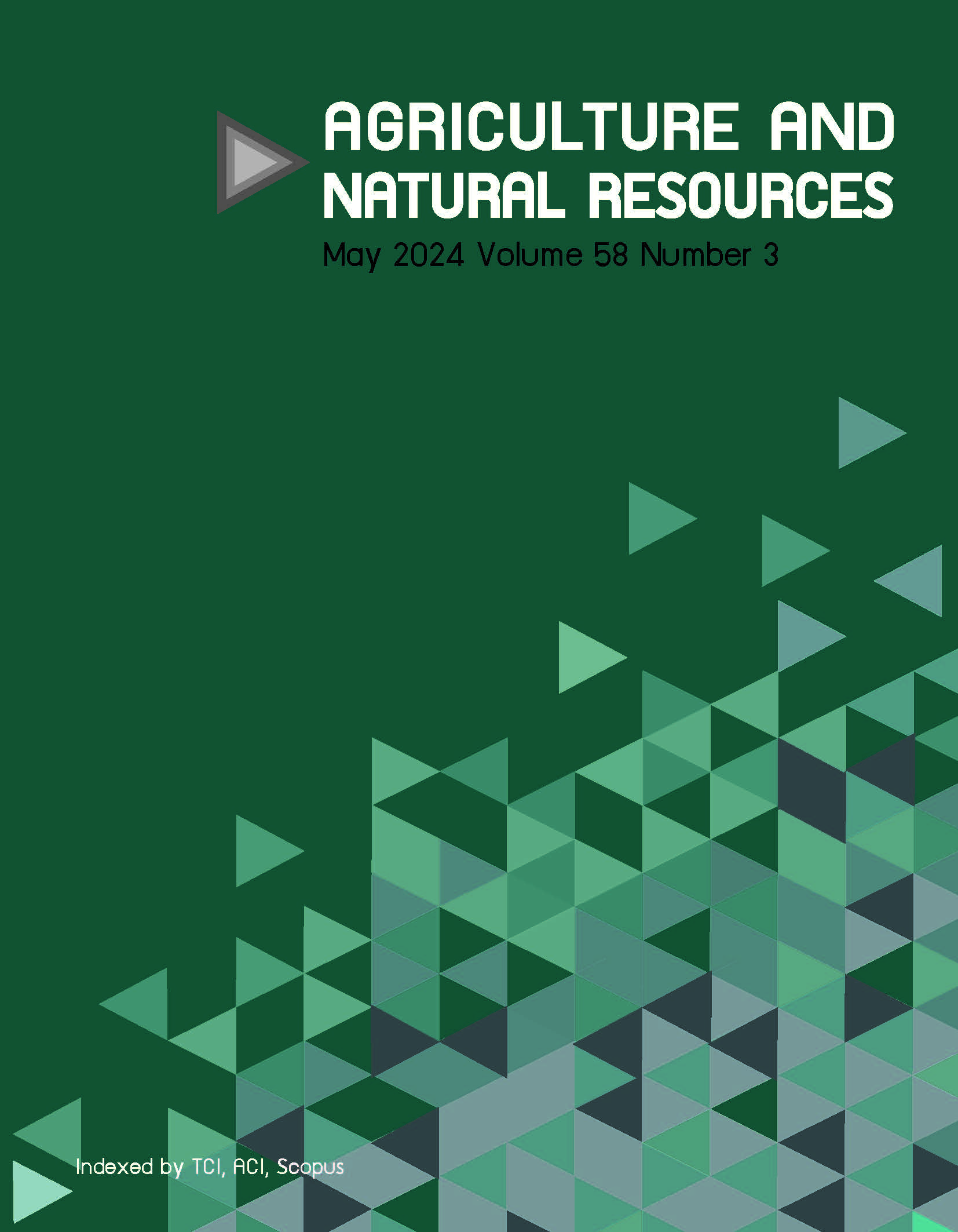Genetic analysis evidence of population substructure within the endangered Irrawaddy dolphin (Orcaella brevirostris Gray, 1866) in Thailand and Indonesia
Keywords:
Genetic connectivity, Genetic diversity, Irrawaddy dolphin, Panmixia, Population structureAbstract
Importance of the work: The decline in numbers of the Irrawaddy dolphin threatens its viability. Genetic data scarcity imperils management decisions.
Objectives: To apply microsatellite-based analysis to assess the genetic diversity and population structure of the Irrawaddy dolphin in Thailand and Indonesia.
Materials & Methods: Skin and muscle samples were collected from stranded Irrawaddy dolphins in coastal and riverine areas of Thailand (n = 64) and Indonesia (n = 10). Individual DNA was analyzed using 12 microsatellite primers. However, DNA from only 15 individuals from Thailand and five from Indonesia could be successfully amplified. The data obtained were then used to assess population genetic parameters and population structure.
Results: A high level of genetic diversity was observed among Irrawaddy dolphin populations in Thailand and Indonesia. In total, 106 alleles were identified across four populations in Thailand and Indonesia, with mean observed heterozygosity (Ho) of 0.625 ± 0.048 and an allelic richness of 4.125 ± 0.182. Pairwise population differentiation and discriminant analysis of principal components supported significant population heterogeneity. These findings suggested a population structure within Irrawaddy dolphins across Thailand and Indonesia, contradicting the common assumption of panmixia in marine mammal populations.
Main finding: Genotyping data revealed a population substructure within Irrawaddy dolphin populations in Thailand and Indonesia, highlighting potential challenges for their long-term conservation.
Downloads
Published
How to Cite
Issue
Section
License
Copyright (c) 2024 Kasetsart University

This work is licensed under a Creative Commons Attribution-NonCommercial-NoDerivatives 4.0 International License.
online 2452-316X print 2468-1458/Copyright © 2022. This is an open access article under the CC BY-NC-ND license (http://creativecommons.org/licenses/by-nc-nd/4.0/),
production and hosting by Kasetsart University of Research and Development Institute on behalf of Kasetsart University.







